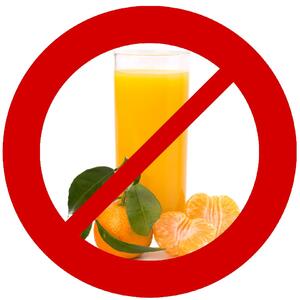Juice has gotten a bad rap from some people recently, claiming it is nutritionally similar to sugar water. A lot of this criticism is aimed at store bought juices and "juice drinks", which can contain as little as 10% juice and are typically empty of most nutrients as it has been flash pasteurized. Fresh cold-pressed juice is a different creature entirely, keeping all the nutrients of the produce but in a more easily digested form, especially when consumed soon after juicing and on an empty stomach.




